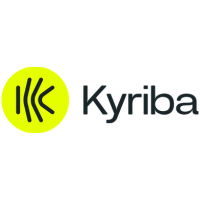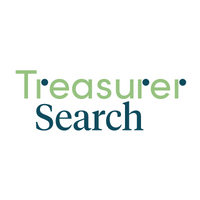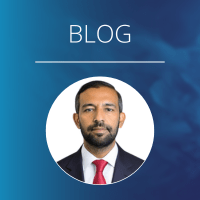How CFOs can Lead their Business in Challenging Times
These changes directly affect corporate financial planning, putting Chief Financial Officers (CFOs) in the spotlight to ensure business strategy and risk management plans are robust and flexible to adapt in this tenuous landscape.
Although there are various obstacles CFOs will need to overcome, financial leaders must believe that they can successfully adapt to the current environment while also staying ahead of competition.
Challenges CFOs Face in a Shifting Economy
In the US, the dollar has shown signs of weakness against a backdrop of currency volatility, potentially a signal of a looming recession ahead. On their own, these currency fluctuations create difficulty in cash forecasting and budgeting and require finance leaders to provide more frequent updates, scenario planning and risk mitigation to their CEOs and boards.
In such a supercharged and risky economic environment, the CFO’s tactical and strategic decision-making role becomes indispensable to ensure businesses respond effectively to immediate challenges while positioning themselves for long-term success. Economic shifts create a whirlwind of uncertainty, but they also present opportunities for growth if tackled strategically.
Here are five CFO leadership strategies to mitigate risks and thrive in this challenging environment.
1. Financial Agility
Building financial agility gives organisations the strength to respond to rapidly changing conditions. Being agile means CFOs ensure budgets are adaptive and allow for re-allocations as new opportunities or threats emerge.
Modelling what-if liquidity scenarios gives leaders insight to pull cash levers as needed to ensure targets and expectations are met. Variables to model include tariff levels, supply chain updates and customer purchase behaviour alongside currency and interest rate possibilities.
2. Risk Management Protocols
While risk management has a multitude of meanings, in times of uncertainty these core elements of a risk management program stand out in their importance:
- Ensure continuous monitoring of news and world events that pose direct and indirect impacts on your balance sheet, income statement and cash flow. Use AI to summarise daily news events into digestible insights to stay informed – and ahead.
- Clarify the hedging strategy to stakeholders, ensuring that the impact of interest rates and currency are quantified and communicated, while results of hedging programs are further understood to ensure successful outcomes are seen as wins.
- Collaborate with procurement teams to identify practical opportunities to diversify and de-risk supplier networks. While re-shoring supply chains is a policy objective of the US government, the reality may not be in the short and/or long-term benefit of the organisation. Regardless of the long-term strategy, in the immediate term, organisations must preserve value through incremental changes.
- Ensure your business has sufficient insurance to cover geopolitical disruptions, such as supply chain interruptions or damage to physical assets in volatile regions.
3. Stakeholder Communications
For CFOs, communication is as crucial as numbers. Internal and external stakeholders require clarity on how companies are adapting to the challenges of a volatile era. Transparency reassures investors, employees, and customers that CFOs have a plan and are proactively acting on it. Keep communications clear, consistent, and solution focused.
Key communication tenets include:
- Frequent – Update investors regularly with quarterly webcasts or publish detailed reports outlining how the company is mitigating ever-changing economic risks. Clear metrics and tangible plans instil confidence.
- Employee Updates – Don’t forget about employee buy-in by updating employees to explain how changes might affect the workforce, whether through supply chain adjustments or strategic cost-cutting. Even when news is difficult, transparency fosters trust during uncertain times.
- Boost local goodwill – For organisations pivoting towards local suppliers due to evolving trade policies, highlighting this shift in local media and on social media in collaboration with internal public relations teams highlights positive impacts in local communities. If an organisation is shifting supply chains to a new overseas market, working with internal marketing and PR teams alongside partners and local government can amplify the positive effects of new investment in a new region or country.
4. Leverage Technology
Data is the most powerful commodity a CFO has and using technology to empower CFOs to optimise decision-making in volatile environments with real-time data and analytics enhances the ability to anticipate and respond to market changes. Whether it is trade execution, controlling the cash lifecycle, or spearheading supply chain changes, the automation enabled by AI-driven treasury, liquidity and payments technology to elevate the power of the ERP platform is a critical path to efficiency and agility.
Office of the CFO software, including treasury and liquidity performance, must be open to APIs and embedded with trusted AI tools to ensure that CFOs can deliver more accurate and reliable insights at machine speed.
Opportunity to Thrive
Executing a clear, resilient plan is the minimum expectation of today’s CFO. By prioritising financial agility, strengthening risk management frameworks, and leveraging reliable data insights, CFOs can step beyond daily uncertainty to not only preserve long term value but unlock opportunities to increase business value. While the news cycle will always be noisy, CFOs can deliver clarity amongst the chaos and set themselves apart as financial leaders.













